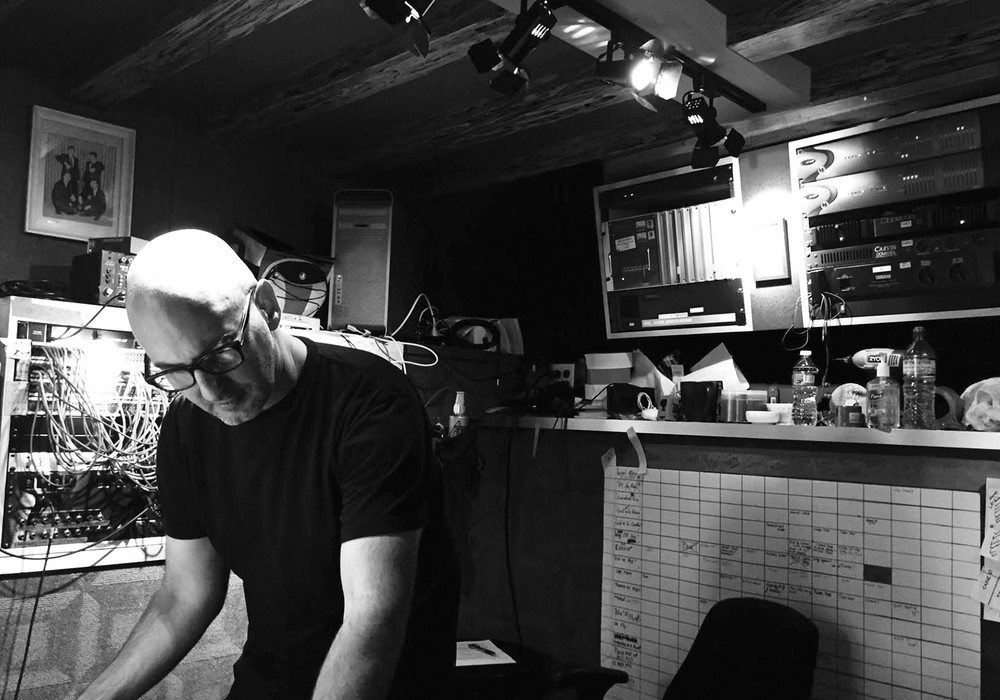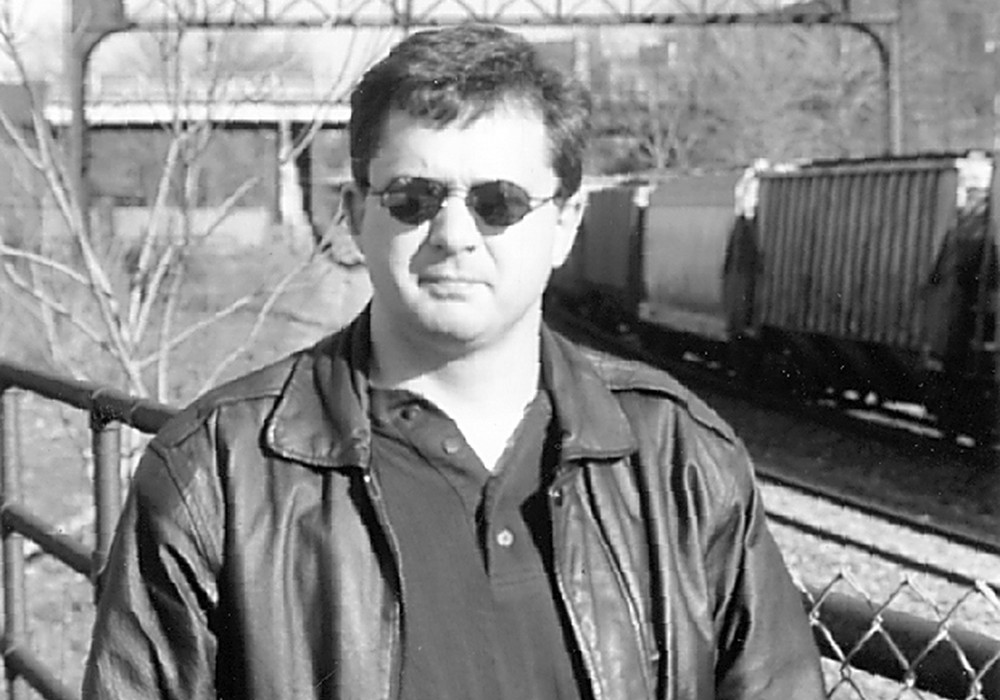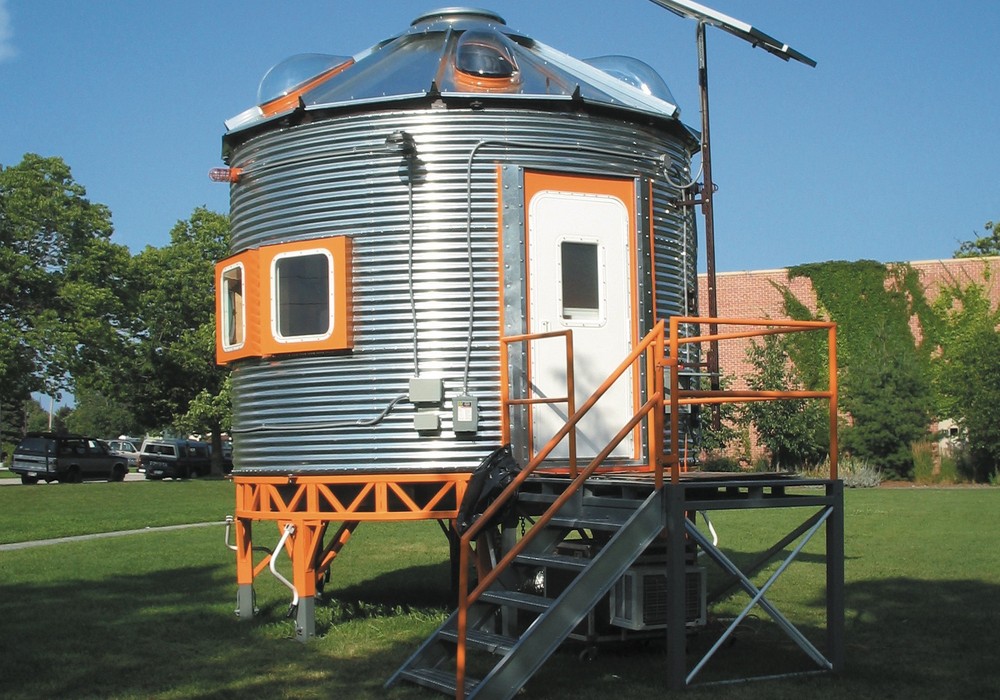Songwriter and multi-instrumentalist Seth Kauffman has been crafting exotic music for over a decade. Whether he's recording albums under the moniker, Floating Action, sitting in on sessions with Dan Auerbach and Ray LaMontagne, or producing albums for other artists like Courtney Jaye, Seth brings a distinctly laid-back vibe to each project. I recently had the pleasure of chatting with him at his home in Black Mountain, NC.
How did you get started recording? The oldest thing I found was the Choosy Beggars self-titled album from 2003.
My friend, Bryan Cates, who was the singer/songwriter, did most of our recording. He did The Choosy Beggars to ADAT. Then our friend, Thad Cockrell, recommended Chris Stamey to mix it.
When did you start recording yourself?
After [The Choosy Beggars], I had a 4-track and was messing around. That's when I got into the idea of doing everything myself. When I got married and moved to Durham, [NC], I thought, "Man, if I could do more tracks, I could make real-sounding things!" For years after that, I used Cakewalk [Software]. It's really cheap, like $35 at Best Buy.
What's your setup now?
I've got [PreSonus] Studio One. Bill Reynolds [of Band of Horses] talked me into getting a better interface. I couldn't get multiple tracks at the same time with Cakewalk. I could only do left and right to get two simultaneous [tracks]. Now I can get more, but I don't really know how to use the program. [laughs] I hit record and that's pretty much it. I've still never used any onboard effects. I always use Echoplex delays, or spring reverb units, before it hits the computer.
What sounds are you chasing?
I grew up in Greensboro [NC]. In the early '90s, we were in high school figuring out music. That period was the worst for popular music. It seems like every period is the worst! [laughs] Every sound that was happening, especially in Greensboro, was not cool, and we hated that; but we didn't know how to articulate it. We liked Robert Johnson, '60s Motown, and the Rolling Stones. We [The Choosy Beggars] recorded this gospel album called Bring it Back Alive, trying to get that old sound. It was really a cool thing, but we just had our local recording guy, so it was super cheesy and sounds awful.
What's your approach to recording your songs?
I usually start with rhythms. Everything that's happening is simple. I'm not virtuosic at any instrument. I'm always trying to create some weird polyrhythm to help the song. Whatever creates some new groove.
Do you ever use a click?
I've never used an actual click that's from the computer. I'll use a ['60s Ace Tone Rhythm Ace] drum machine and record it for four and a half minutes. I then use it like a click to play the drums to, and mute it after that. There are some songs where it's even left in.
Do you already have songs written before recording?
Usually it is rhythm first. That's what I'm doing now. I recently got this tabla drum machine. I've been tracking it to a [4-track cassette recorder], then flipping the tape over and recording that to the computer — backwards. There's this weird rhythm that doesn't make sense forwards, but then backwards it does. Then I figure out some hip-hop drumbeat and see if I can make that work. There's no go-to; I try to do something different [every time].
Do you write song structures around the beats, working with the fills and fluctuations that are already there?
That's why it's fun to do it myself! I can get risky with it because the fill is not in the right place. There are happy accidents where I'm like "Whoa, I would've never put [the fill] there, but it sounds cool!"
You end up with an extra bar.
Right. In a lot of ways I let it write itself.
I like your arrangements. There's plenty going on, but each instrument has its own space.
That's part of doing it all myself. I'm real shy. In the studio people are butting heads. I'll have an idea, but can't defend it because I don't know where it's going to lead, and then it gets shot down. If it's just me, I can spend hours on it, even if it doesn't work. With each album, I've gotten logistically better at doing it all myself. Sometimes I sit down at the drum kit first and, in my head, do the whole arrangement, and try to get all the fills right. I enter this mental...
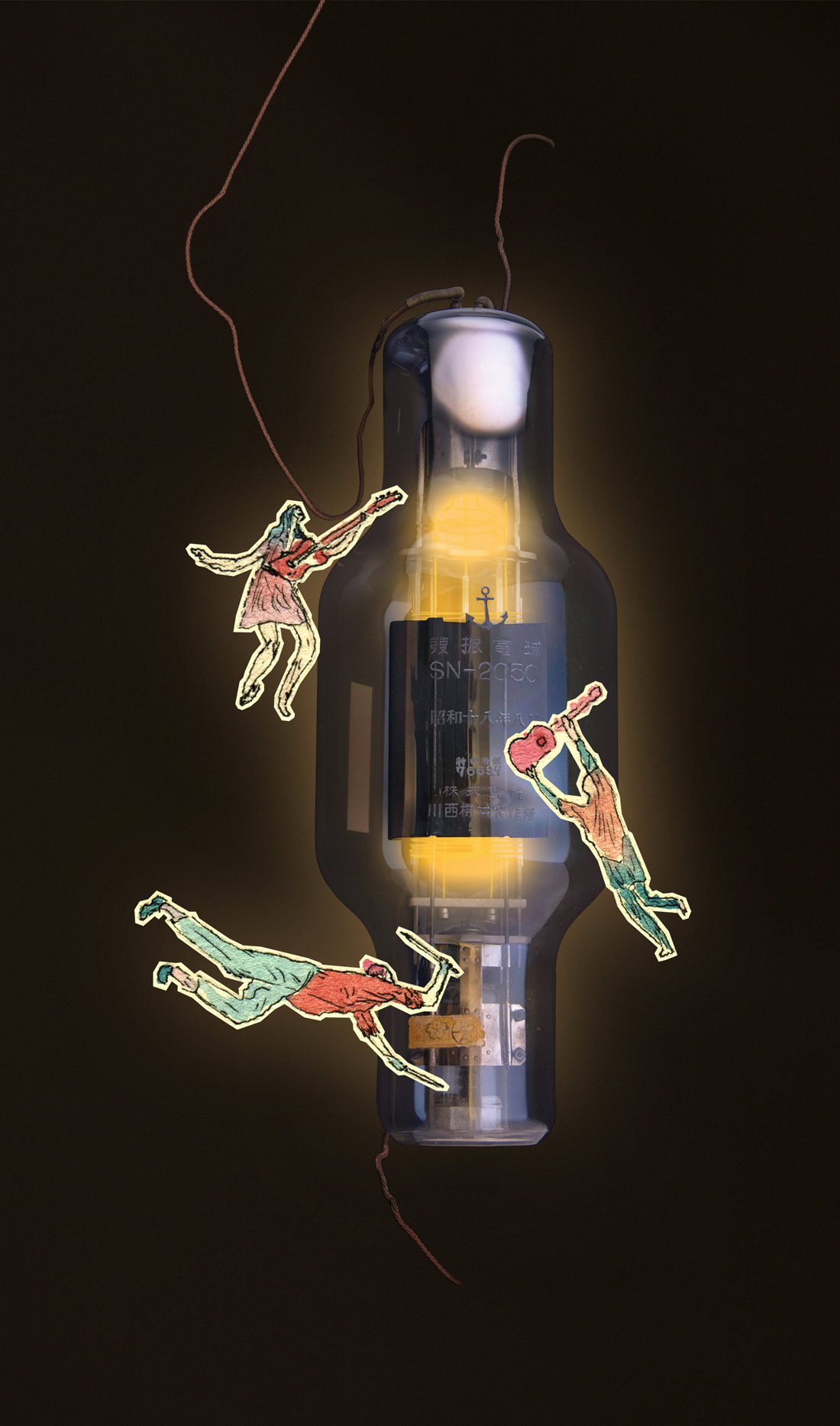

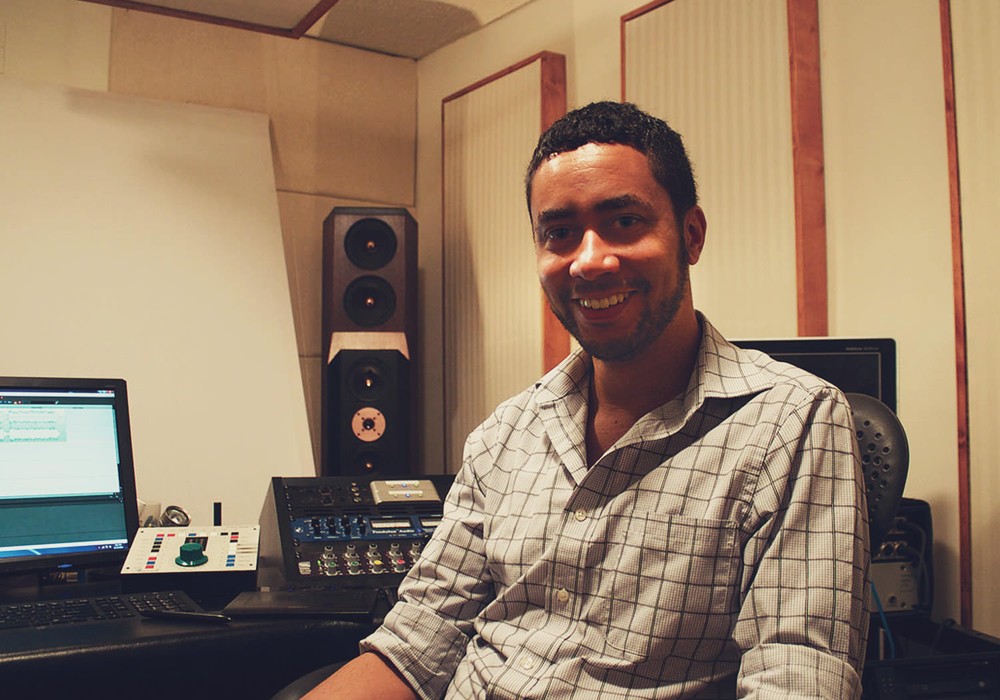
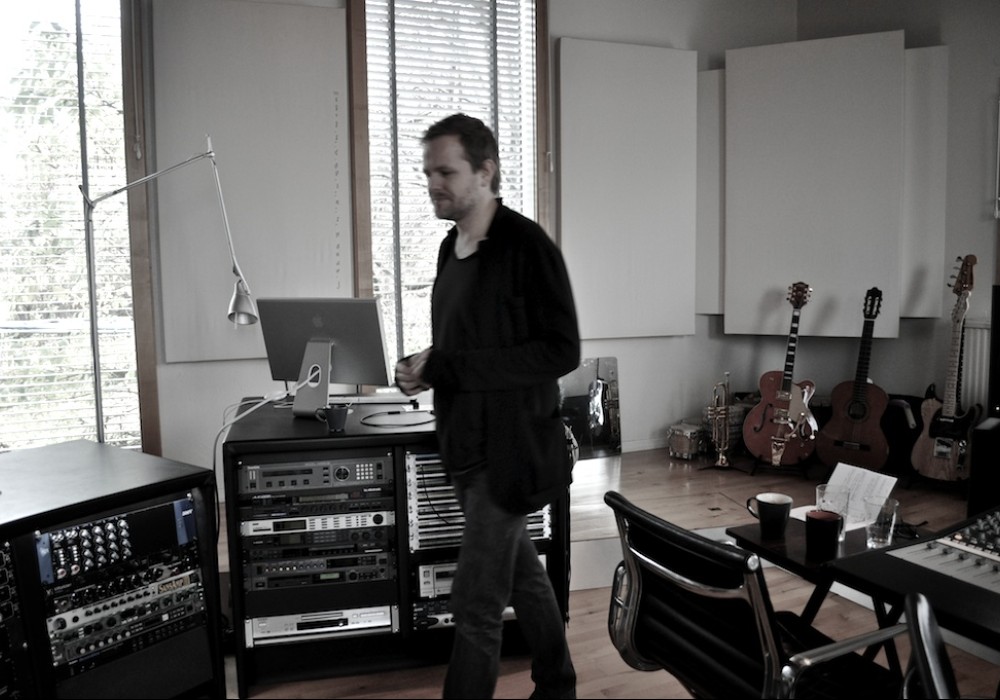
_display_horizontal.jpg)
